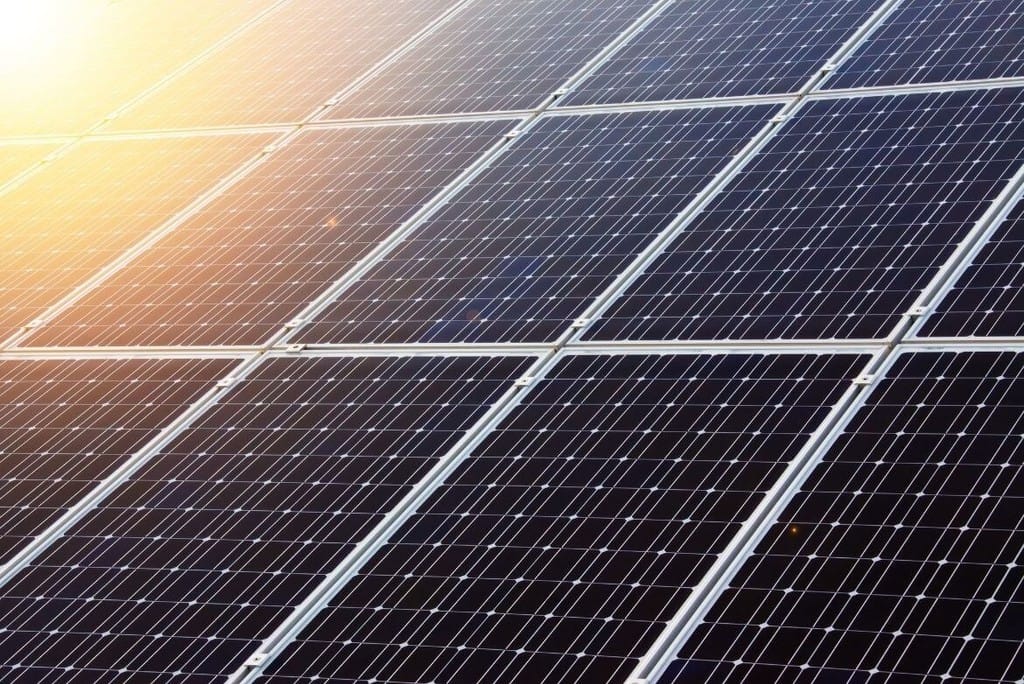Tehnologie April 28, 2022

Care sunt caracteristicile panourilor monocristaline sau policristaline? Știi care este diferența dintre aceste două tipuri de panouri fotovoltaice?
Soarele este o sursă de energie incredibilă. Gândește-te doar că Pământul primește mai multă energie de la soare într-o oră, față de întreaga energie consumată de populația globului într-un an. Energia solară este transformată în energie electrică prin intermediul celulelor fotovoltaice.

Tehnologia panourilor fotovoltaice s-a dezvoltat extrem de mult în ultimii ani, ceea ce a rezultat la apariția unor panouri solare din ce în ce mai inovatoare. Sunt foarte multe lucruri pe care trebuie să le iei în considerare atunci când te gândești la achiziționarea unui sistem de energie solară, unul dintre ele fiind tipul panourilor solare.
Pentru utilizatorii casnici, majoritatea panourilor solare care se găsesc pe piața din România pot fi împărțite în trei categorii:
Cu toate că toate aceste categorii de panouri au scopul de a transforma energia solară în energie electrică, ele au totuși caracteristici diferite. Având in vedere că majoritatea consumatorilor casnici aleg panourile fotovolitace monoscristaline și cele policristaline, în acest articol vom compara aceste doua tipuri de panouri.

Tabelul de mai jos prezintă principalele diferențe dintre panourile fotovoltaice monocristaline și panourile fotovoltaice policristaline:
| Caracteristici | Panouri monocristaline | Panouri policristaline |
| Cost | Mai mare | Mai mic |
| Eficiență | Mai mare | Mai mică |
| Aspect | Negru | Albastru închis |
| Durată de viață | Până la 25 de ani | Până la 25 de ani |
| Spațiu | Ocupă mai puțin spațiu pe acoperiș | Ocupă mai mult spațiu |
| Performanță | Performanță mai mare, chiar și în regiuni cu mai puțină lumină naturală | Performanță redusă în zonele des înnorate |
Putem observa că in afară de durata de viață, similară pentru ambele tipuri de panouri solare, panourile solare monocristaline prezintă mult mai multe avantaje față de cele plocristaline. Asta explică si costul lor mai ridicat.